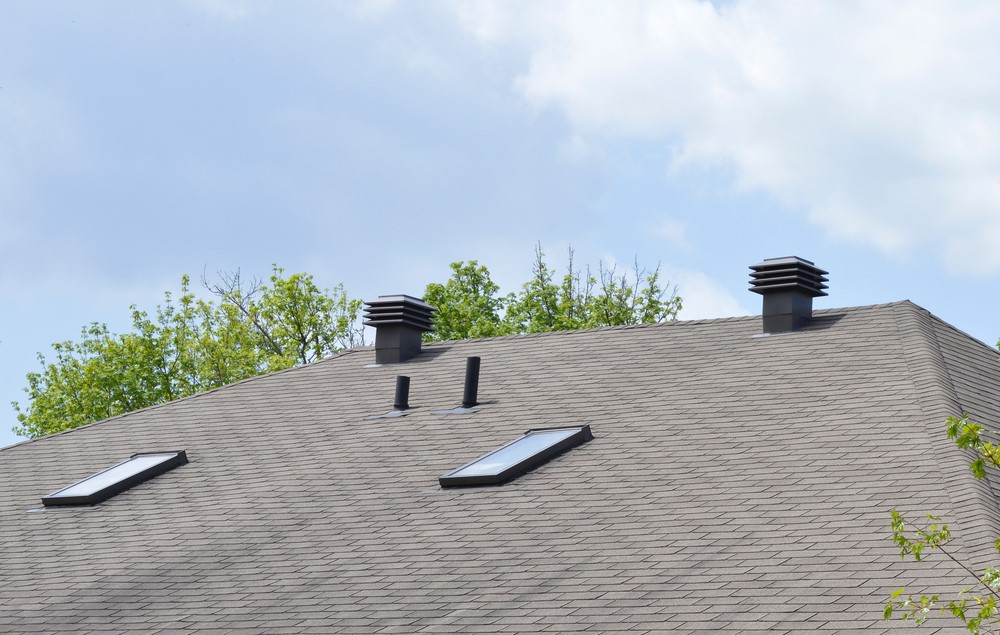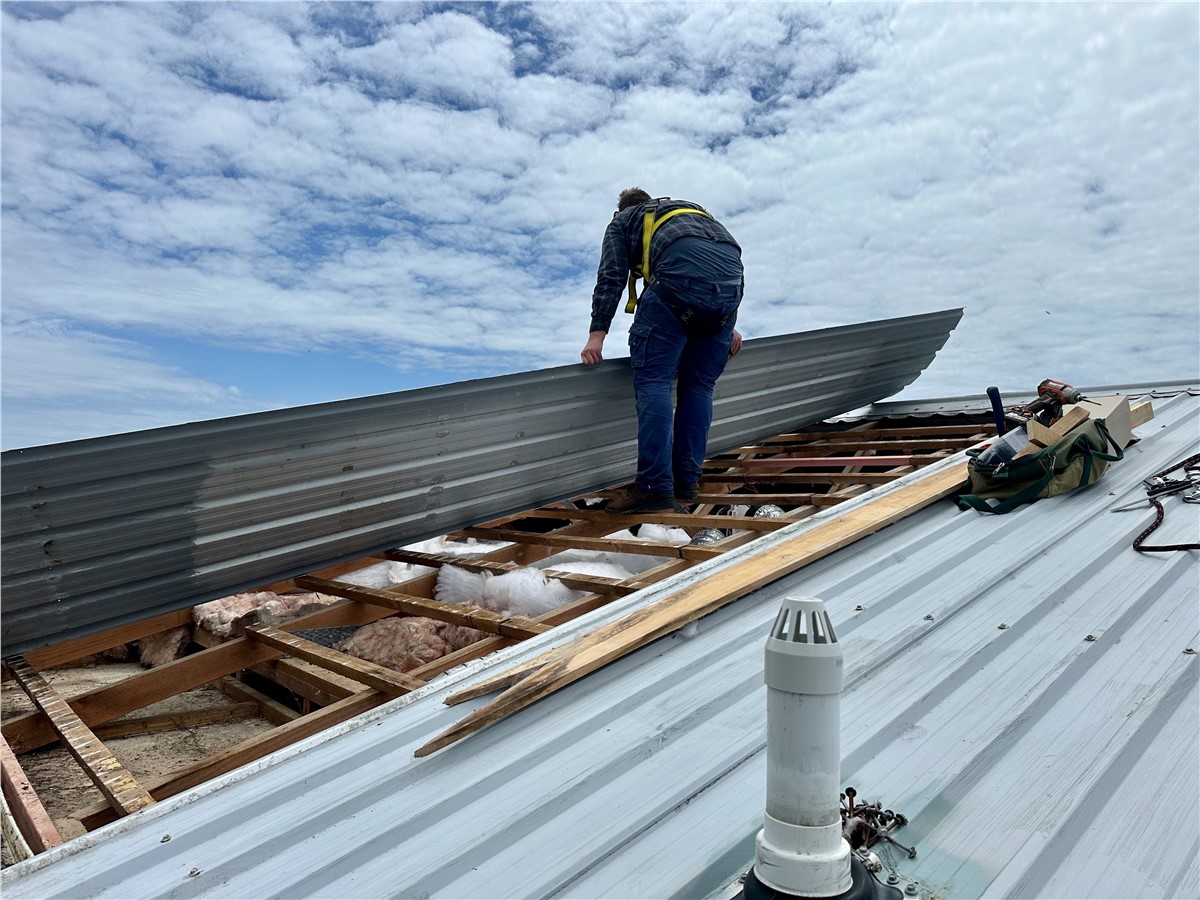As cooler weather takes hold, be sure your roof is ready to keep your home protected.
Your roof has an enormous job to do protecting our home and valuables from damage and keeping us safe in storms and weather. Keeping your roof in good shape is key to protecting the rest of your home.

When you are evaluating your roof to make sure you are ready for summer storms, winter snow or making sure your roof isn’t in need of a replacement, it is best to start at the top. Look for loose or damaged shingles. You should also check the seals around vents, skylights, and anything else that comes up through the roof. Keep an eye out for worn or damp shingles or any places on the roof that look uneven.
Check your gutters. Make sure they are clear and hung properly. They should securely connect to your downspouts. This will keep ice and water on the correct path away from your home. You should also check your downspouts and be sure the water will drain away from your basement or crawlspace. This quick check now can save you major headaches and costs later.
Now head inside and climb into your attic (if you have one). Between your attic and your roof is a layer of plywood. Is it wet? Warped? Damaged? Are there places that look like they may have been wet but have dried?
You should also check the areas around any skylights and windows. Water that comes in these spaces often indicates an issue with your roof and gutter system. Do your ceilings or walls have wet spots, brown rings, or other signs that they have been wet and dry multiple times? Is your wallpaper peeling? These things can indicate a water issue. Listen to your roof on a windy day. Often a roof that is having issues will creak in the wind or under the weight of snow.
If you suspect an issue, schedule an appointment with a reputable roofing company or contractor. They will complete a roof inspection and suggest any potential roofing repairs. They can also discuss a new roof installation if that is the best next step.
Remember that all kinds of weather can cause issues. Winter in cold climates brings ice and snow. Excess heat can cause problems as well. Wind and rain can bring down branches and trees that can crack or crush singles. It is also important to remember that wind can drive rain to places it would not reach otherwise. A storm that has wind from the north instead of the regular east direction might expose an issue that you would not have found otherwise.
Making sure your roof is secure and ready for the weather to come is a small investment of time that can save you time and money later
Tags
Subscribe to Quarve Contracting's Blog






Comments